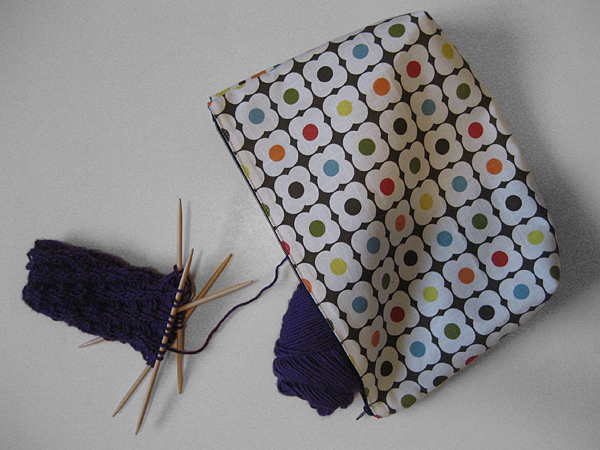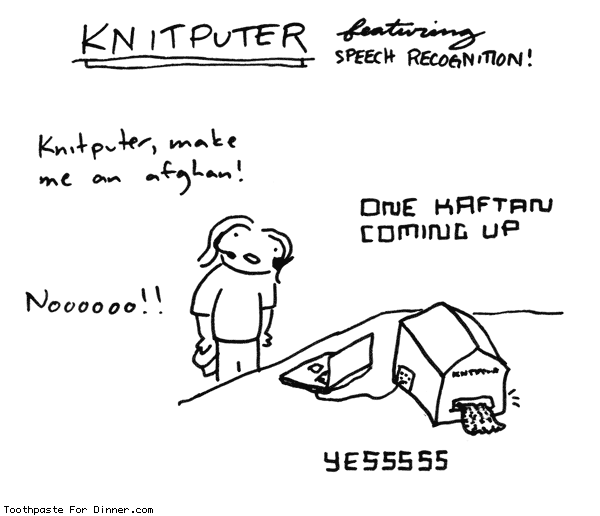Merely because you love woodwork, it does not mean your workmanship is not a spare-time activity
A spare-time activity must be vested on. You would not have a difficult time doing so, as the affair is there in the first place. Hence, motivation and drive are apparently inherent as well.
Newcomers to woodworking often wonder what the necessary tools in starting up a workshop are. The solution varies from one woodworker to the next, because there's a tenacious list of required tools in the beginning. Plus, it depends upon the project.
For a good example, you travel to your nearest tool store to purchase a power tool. At present there's a diversity of manufacturers and naturally, prices differ as well. Like in any merchandise, the more expensive, and so the better the quality. Finer quality tools in woodwork have better design features and functions, in addition to a high tolerance in manufacturing, they in addition perform better.
Purchase the finest tool that you are able to afford. Start a budget on how much you're willing to spend on a specific tool. This is significant since you'll be using your tools on a frequent basis.
And if you're just starting out and you are able to only spend limited cash to establish your woodworking workshop, do not try for the absolute best then. You will be able to fall back on the ones that are relied on by most woodworkers that come in a reasonable price.
There are exclusions to the universal principle noted above. If woodworking is simply a spare-time activity you enjoy during the weekend, then you don't have to get the top-of-the-notch tools.
The key is acquiring a tool that's within your budget. But as often as possible, veer away from the cheapest tools and materials. They being cheap already tells something - these aren’t worth purchasing.
Here are the most common tools a woodworking newbie must have in his shop.
1. Electric Drill and Drill Bits - Electric drills are by far the first power tool purchased, they have so many uses besides drilling holes, there are attachments to turn them into paint mixers, sanders, screwdrivers, saws, grinders, lathes, the list goes on.
2. Electric Circular Saw - These can be very handy when cutting your wood pieces. No need to break the bank on this, however. Find one that’s easy for you to use and reliable.
3. Finishing Sander
These are used for sanding and finishing your projects. It can also be employed to smooth wood to clear out the edges.
4. Jig Saw - While not completely necessary, a good jig saw can help make your woodworking projects easier. They can add some eye-catching detail to a piece and make cutting wood easier as well.
5. Table Saw
Comparable to the drill, this is an additional tool that you must own and invest in. Though there are a few cheap table saws simply they're not as powerful as the high-ticket ones. They do not work equally well as you desire too. Acquire a table saw with a strong motor, one that's powerful enough that it can be used time and time again. If not, the blade will drag during the course of you ripping wood. It may even burn a few of your precious designs and no woodworker would desire that. Again there are loads of plans for jigs for this work horse.
6. Router - Routers have become one of the most used tools in a workshop, possibly even more popular than a table saw. A well equipped shop will have both a plunge base and a fixed base router; it is now possible to get a combination kit where one machine has both bases.
7. Compound Miter Saw
These are portable and used to cut miters, long wood stock and moldings. A great deal easier to handle than the table saw. You will be able to find plans on the internet for a neat table for this tool.
8. Drill Press
This tool is a workhorse in the shop it can be use for drilling holes, sanding with a sanding drum attachment.
9. Biscuit Joiner
Nifty tool for joining pieces of wood together. The tool cuts pocket-sized slots in every side of the join. The biscuit is inserted and glued in between, binding the parts altogether.
10. Basic Hand Tools
Claw hammers are the most common types of hammers used for woodworking and general repairs around the home.
Screwdrivers are needed for almost every woodworking project. Make sure you have various sizes of both Phillips head and flat head.
Wood chisels range in size from 1/4" to 2" wide in 1/8" graduations. They are available with wooden or plastic handles.
Tape measures come in a variety of widths and lengths. I would not recommend anything less than 3/4" wide for a tape over 6 feet long as they can not be extended out and remain rigid.
Clamps - Any project that is glued requires clamping to insure that the parts are bonded firmly in exactly the right position.
Finally, keep a wet / dry shop vacuum nearby so that you can quickly clean up wood shavings and dust. Keeping dust and wood particles to a minimum will reduce the risk of wood shop fires and help you breathe easier, too.
As a woodworking newcomer, you must have the best tools you are able to afford. However that also depends upon the projects that you plan on making. Prior to traveling to your closest home building provider to purchase your tools, think over what precisely you'll be constructing.
Check out
http://www.woodworking.niche10.com for more info!










